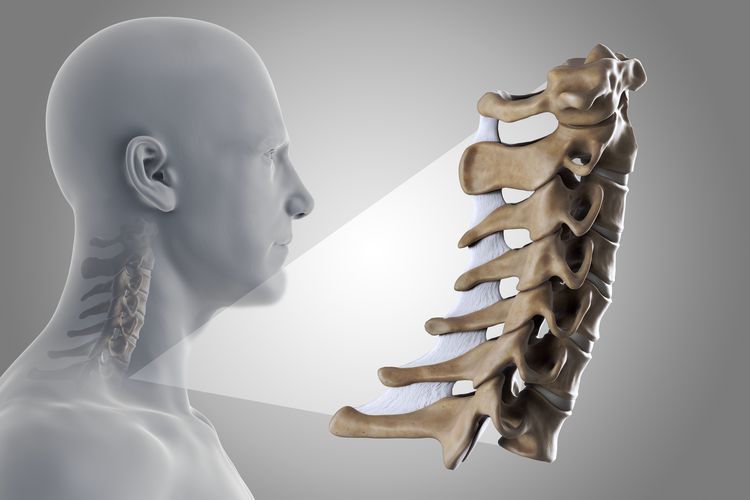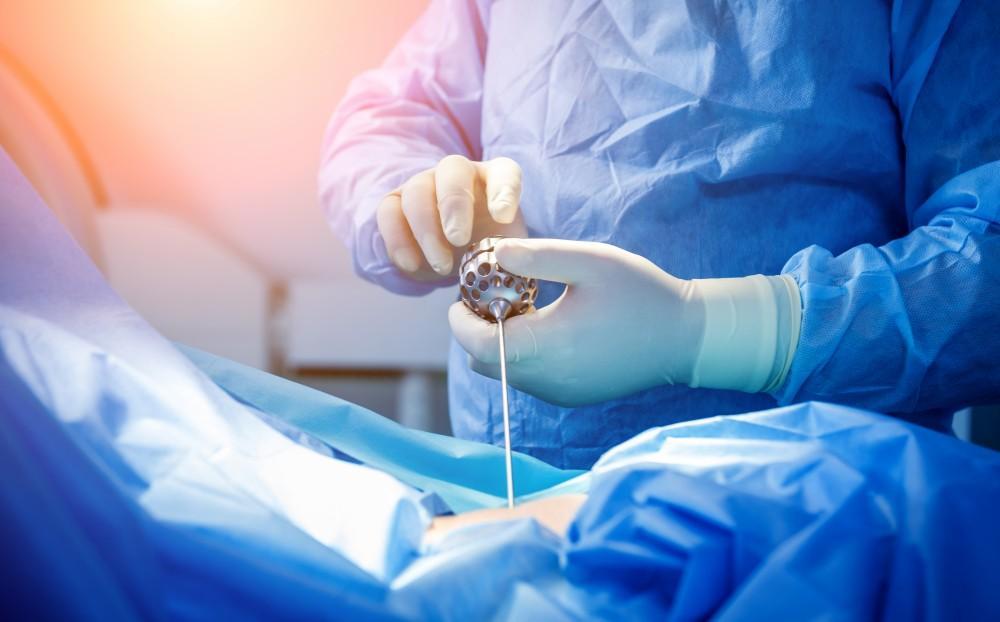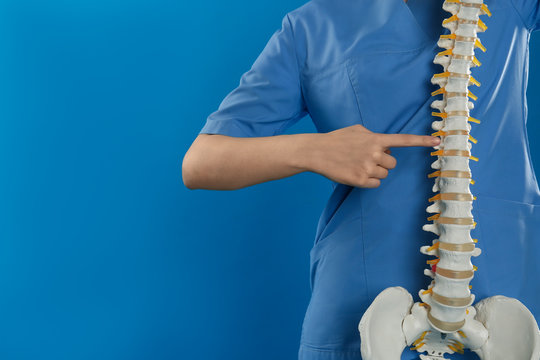Overview
Spinal deformity refers to an abnormal curvature or alignment of the spine that can lead to several physical problems. Common spinal deformities include scoliosis (curvature to the side), kyphosis (excessive forward bending), and lordosis (excessive inward curvature). These conditions can occur in children or adults and may be caused by genetic factors, developmental problems, or degenerative diseases. Some deformities are mild and asymptomatic, while others can cause pain, affect posture, and limit mobility. Dr. Irfan Malik at Mspine helps patients suffering from this condition.







